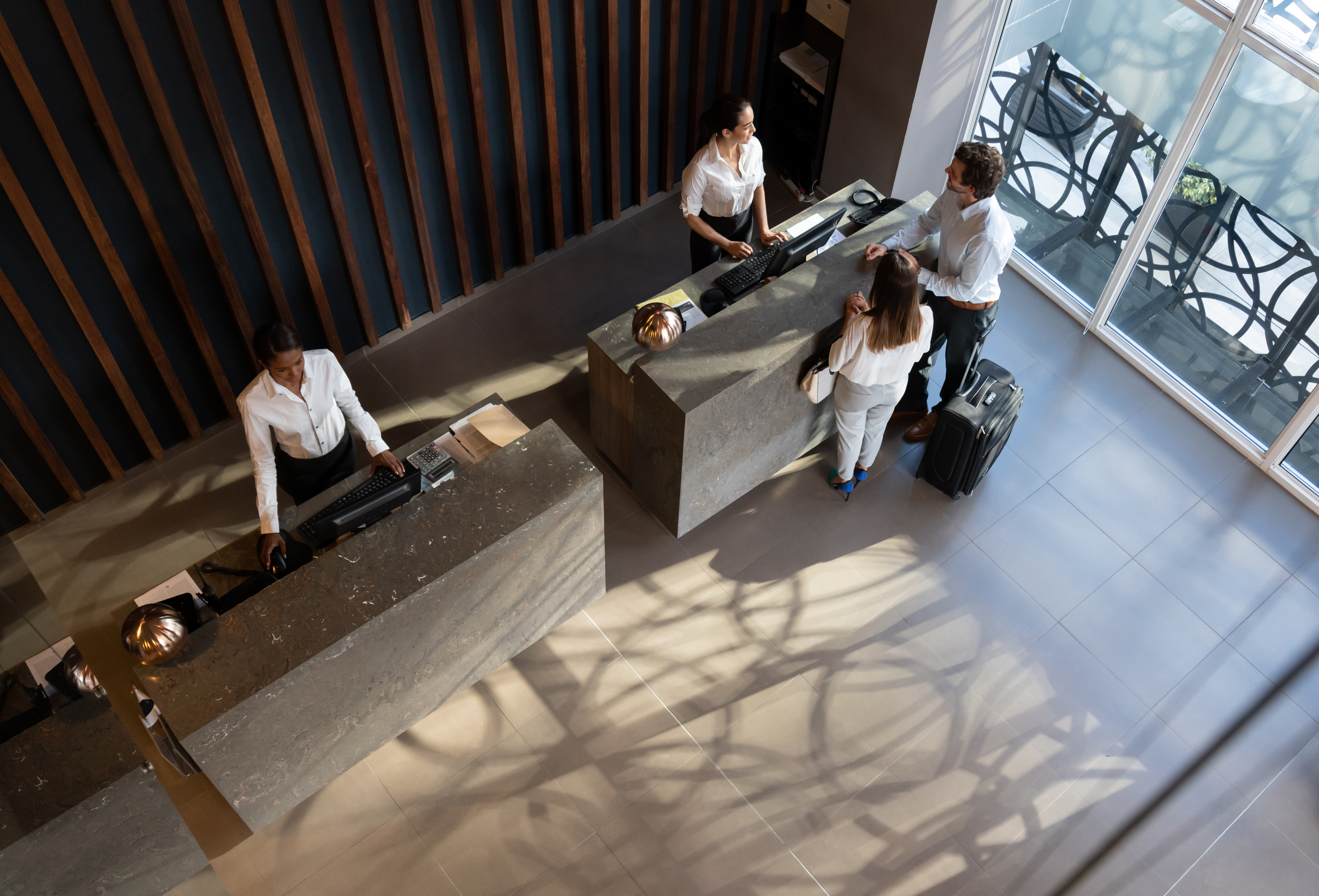Hotels and IAQ
Published 2022-03-23
Hotel HVAC Systems and Allergens
The growth of wellness travel has driven demand for hotel technology that limits the spread of allergens and other potentially harmful airborne particles. Heating, ventilation and air conditioning (HVAC) systems can play a significant role in improving indoor air quality and reducing allergens.
Jerad Adams, director commercial product management at Friedrich Air Conditioning Co., said the company has had “significant demand” for IAQ (indoor air quality) products and capabilities, and has added options across its portfolio of products.
“The removal of allergens can be achieved with high MERV filtration,” he said, noting that adding components to improve indoor air quality can add risk to the owners. “We are particularly adamant that IAQ accessory additions need to be certified by the manufacturer for installation and operation.”
Client demand, Adams said, is encouraging manufacturers to install IAQ options in the factory to speed up the installation process. “We are allowing our customers to utilize factory-certified IAQ accessories that have been preselected and tested to meet our equipment’s performance criteria while addressing poor air quality in the room, near the source,” he said.
In-room applications also reduce the heavy cost burden and labor of installing whole building systems and dedicated outdoor air systems.
Bipolar Ionization
WellAir uses bipolar ionization technology to filter particles out of the air, which is a very cost-effective way to reduce allergens in large spaces.
The technology creates positive and negative oxygen ions, resulting in an unstable condition. To restabilize, these bipolar ions seek out molecules in the air—or viruses, bacteria or allergens—to trade electrons. When the particles attach to the ions, they become larger and can be caught by a filter in an HVAC system or can be deactivated and removed from the breathing zone.
For allergens, bipolar ionization can deactivate mold or agglomerate pollen or pet dander. The technology goes after all particles.
It's important for a hotelier to be able to look at solutions that aren't limited to a particular set of problems and are looking to improve them all.
Ventilation and Zoning
When creating hypoallergenic spaces, hoteliers should consider the importance of ventilation and zoning, said Dennis Cobb, senior director, business development at Mitsubishi Electric Trane HVAC U.S. “Ventilation requirements are dictated by code,” he explained.
Depending on the project, designers will either be adhering to ASHRAE 62.1 or the International Mechanical Code. “With that in mind, well-designed ventilation solutions not only provide a comfortable environment for hotel guests, but also aid in proper humidity control, which helps mitigate mold growth as well as dilution of indoor pollutants.”
Variable Refrigerant Flow zoning systems are designed for heating and cooling, Cobb said, so mechanical ventilation is a necessary aspect in many applications. Several of the company’s City Multi VRF indoor units can accommodate ventilation air either with a “fresh air knock-out'' or by mixing ventilation into the return of a ducted indoor unit.
"In those scenarios, we recommend treating ventilation air with an energy recovery ventilator … or a dedicated outdoor air system before introducing the ventilation air to indoor units, especially in climates subject to high humidity,” Cobb said.
Read the original article here.
Click here to learn more about our air purification solutions.
